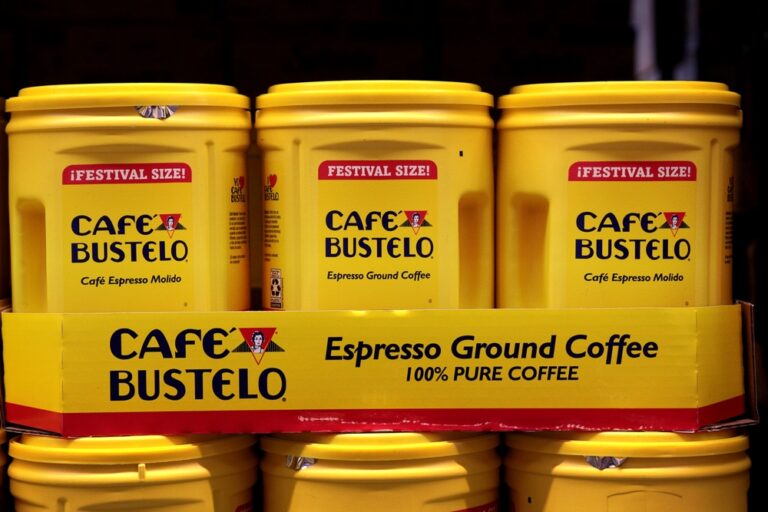Supply chain disruptions and inflationary pressures are testing the resilience of some of the leading names in the US Quick-Service Restaurant (QSR) sector, even as McDonald’s Corp and Little Caesars Enterprises press ahead with expansion plans and menu tweaks.
On the sidelines of the recent Agri-Food Americas 2025 conference in Chicago, McDonald’s and Little Caesars executives both informed Expana that the current demand environment is significantly marked by volatility in traffic patterns and shifting consumer preferences. To mitigate risk with such trends, both firms said they are increasingly focused on data-driven inventory and procurement management, tight supplier collaboration, and selective menu flexibility (when possible) to protect margins and affordability.
Data-based Approaches
McDonald’s, which operates more than 13,000 US locations and over 40,000 restaurants worldwide, is leaning on an end-to-end, data-based approach to weather demand swings. Jim Kostelny, Global Supply Chain & Sustainability at McDonald’s, emphasized a philosophy of “controlling everything that you can control”. He explained that the company has invested heavily in data and technology initiatives to set up an efficient supply chain to get full transparency from supplier level to each restaurant.
“Knowing what is where is important but also knowing how much,” he said. McDonald’s is “always fine-tuning our Standard Operating Procedures (SOP), which is essential for maintaining operational efficiency and consistency across all our locations.”
Kostelny also stressed that the challenge lies not just in cost control but in maintaining affordability and value for customers as demand ebbs and flows.
On the non-food item cost front, Kostelny said, “To offset these increased costs, we are not aggressive with our suppliers. We have a strong supplier network and remain very collaborative in finding solutions that work for all parties.”
He went on to say that McDonald’s is continually refining its recipe workflow and limited-time offerings as a practical way to adapt when core products cannot be altered. “For our core products any modifications in recipe would be monumental for us. These items are set in stone. But there are other ways to work around this, e.g. by tweaking our limited time offerings in restaurants.” The aim, according to Kostelny, is to “secure value and continued affordability” for customers even as volatility persists.
Seasonality & Promotions
A key theme across both brands is seasonality and the strategic use of promotions to optimize margins.
Little Caesars Enterprises, with more than 4,000 US restaurants and over 6,000 worldwide, looks a lot at the seasonality of meat demand.
“We slightly tweak the use of ingredients here and there but it’s more about the seasonality and also when to buy products at cheaper prices. Lots of decisions based on attractive margins,” commented Derek Nelson, Director – Commodity Risk & Analytics, Little Caesars.
Nelson also highlighted a broader scope for international sourcing as the company seeks to spread risk: “By doing that we are looking at picking up items outside of the US and diversifying our supply chain.”
The two executives also weighed the implications of tariff-driven cost pressures for new restaurant openings. Kostelny said McDonald’s growth plans remain intact, underscoring that the “long-term game” is to place the right restaurants in the right places, regardless of near-term cost dynamics.
Nelson echoed a similarly strategic outlook. He argued that tariffs have a mixed effect on his company: “On the food side, tariffs are a good thing for us in some ways.” They have “shut off some of the international demand for some US food items,” but they can also make certain inputs more attractively priced. Non-food items, including packaging and equipment, remain a focal point for exposure, with Nelson noting that the company works closely with suppliers and invests in R&D and engineering to identify alternatives.
As for how tariff dynamics are shaping sourcing, Kostelny noted a long-term growth agenda that remains intact despite external pressure, describing the macro backdrop as a growth opportunity for McDonald’s rather than a barrier: “The current context isn’t slowing anything down. We have significant restaurant growth plans. We’re in it for the long-term. Getting the right restaurants in the right places is important.”
Image source: Shutterstock
Written by Simon Duke




